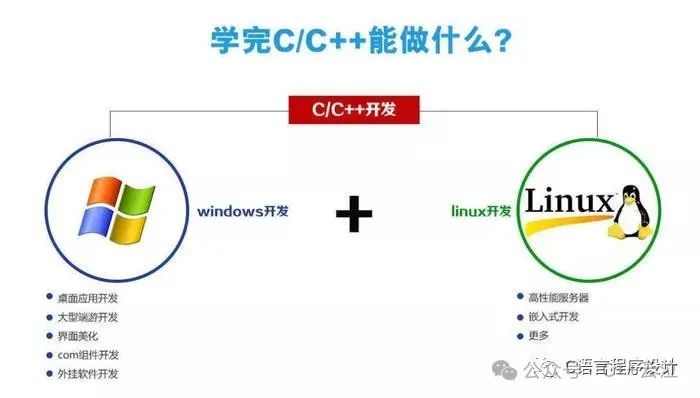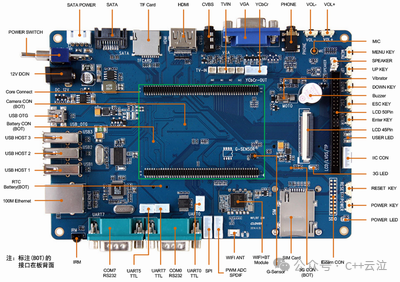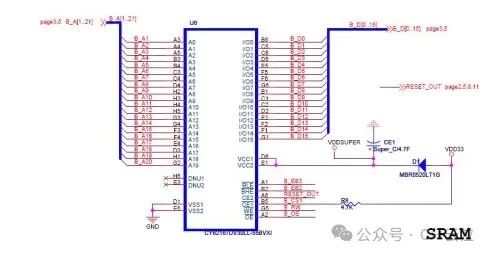Embedded Systems: The “Invisible Heroes” Around Us

In today’s digital age, embedded systems are like “behind-the-scenes heroes,” quietly yet omnipresently integrated into our daily lives. When you are gently awakened by a smart alarm clock in the morning, it is the embedded system running in an orderly manner behind its precise timing function; stepping into the kitchen, appliances like microwaves, ovens, and smart rice cookers achieve accurate cooking mode control and time management through embedded systems, making delicious meals easily attainable; when driving your car, the onboard navigation system uses embedded technology to guide the best route in real-time, ensuring efficient and smooth travel; during leisure time, opening a smart bracelet displays rich information such as exercise data, heart rate monitoring, and sleep analysis in real-time, supporting health management, all of which also relies on the support of embedded systems.
It is no exaggeration to say that embedded systems are like the “smart brains” of life, widely covering various fields such as smart homes, intelligent transportation, wearable devices, and industrial control, deeply empowering and reshaping our ways of living and producing. Behind all this convenience and intelligence, device drivers play a crucial “bridge” role, responsible for breaking down the “communication barriers” between software and hardware, allowing embedded systems to precisely and efficiently control various hardware devices, unleashing powerful functions. Next, let’s delve into the secrets of writing device drivers in C++ embedded development.
1. C++’s “Superpowers” in Embedded Development

(1) High Performance: Maximizing Hardware Potential
Embedded systems often face stringent resource constraints, akin to putting on a spectacular show on a small stage, where every inch of space and every bit of computing power must be meticulously calculated. C++, with its efficient low-level programming capabilities, acts like a precise conductor, skillfully orchestrating hardware resources to achieve high-performance operation of embedded systems. Take real-time image processing as an example: in smart surveillance cameras, C++-written drivers can quickly and accurately control image sensors, rapidly capturing and processing massive pixel data, ensuring that the surveillance footage is clear and smooth, without missing any critical details; in the field of industrial automation control, faced with high-speed production lines, C++ ensures that the controller issues commands to various sensors and actuators and receives feedback almost in real-time, keeping production errors to a minimum and ensuring product quality and production efficiency. This is backed by C++’s deep understanding and optimized utilization of hardware architecture, enabling smooth system operation through fine memory management and compact code structure, avoiding resource waste and maximizing hardware potential.
(2) Object-Oriented Programming: The “Code Steward”
As embedded systems become increasingly complex, the amount of code grows exponentially, and without effective management, it can quickly fall into a chaotic “quagmire.” C++’s object-oriented features serve as a capable “steward” that comes to the rescue. It allows developers to break down complex systems into independent objects, which encapsulate specific data and operational logic, collaborating without interfering with each other. For instance, in a smart home system, devices such as smart lights, smart curtains, and smart air conditioners can all be abstracted into corresponding classes. The light class includes properties like brightness, color, and switch status, as well as operation methods like turning on, turning off, and dimming; the curtain class encompasses properties like opening degree and curtain material, along with corresponding control methods. This way, when the system needs to upgrade features or troubleshoot issues, developers do not have to “fish for pearls” in a sea of code but can focus on specific code modules, greatly enhancing the organization, readability, and maintainability of the code, allowing embedded system development to proceed in an orderly manner.
(3) Portability: “One Trick Can Do It All”
In the vast realm of embedded development, there are numerous types of hardware platforms, akin to a starry sky, ranging from low-cost microcontrollers to high-performance multicore processors, from simple 8-bit architectures to complex 64-bit systems. C++’s standard library and syntax exhibit exceptional universality in this diverse hardware cosmos, acting like a master key that can easily unlock the “doors” of different platforms. This means that the carefully written code by developers can run smoothly on various architectures like ARM, x86, and RISC-V without the need for extensive rewriting. For example, an embedded IoT gateway program developed in C++ can adapt to resource-constrained but low-power edge computing nodes for collecting and preprocessing local sensor data; it can also seamlessly migrate to cloud servers for aggregating, analyzing, and storing massive IoT device data, achieving a full-link connection from bottom-level perception to cloud control, significantly saving development costs and time, enabling products to quickly seize market opportunities.
2. Four Steps to Driver Development

(1) Hardware Insight: Know Yourself and Your Enemy
As the ancient saying goes: “Know yourself and know your enemy, and you will never lose a battle.” Before embarking on the journey of writing device drivers, comprehensive insight into the target hardware is crucial, laying the foundation for all subsequent development work. This means that developers need to study the hardware’s data sheets as meticulously as an “archaeologist,” accurately extracting key details from the complex information. For example, for a microcontroller (MCU), it is essential to clarify whether its core architecture is of the Cortex-M series, ARM9, or another type; different core architectures have significant differences in instruction execution efficiency and interrupt handling mechanisms, directly affecting the design of the driver program’s underlying logic; accurately mastering the clock frequency, which is like the “heartbeat rate” of the hardware, constraining data transmission speed, instruction cycle, and other performance metrics; thoroughly understanding memory layout, knowing the capacity and address range of RAM and ROM, ensuring reasonable and efficient memory allocation during the driver program’s operation, avoiding data “out-of-bounds” conflicts.
In-depth research into hardware interface characteristics is also indispensable. Taking the commonly used Universal Asynchronous Receiver-Transmitter (UART) as an example, one must be familiar with its baud rate settings, which determine the pace of data transmission when communicating with external devices; understanding the configuration of data bits, stop bits, and parity bits to ensure precise matching of communication protocols with connected devices; otherwise, data transmission may fall into a chaotic “information maze,” leading to errors or even system failures. Looking at the Serial Peripheral Interface (SPI), one needs to grasp the master-slave mode switching logic, clock polarity, and phase settings; different combinations of settings adapt to different SPI slave devices, like the correspondence between a key and a lock, where only precise fitting can smoothly open the door to data interaction; for the Inter-Integrated Circuit (I2C), one must clarify its device address allocation rules and bus arbitration mechanisms, ensuring stable and orderly communication when multiple devices are mounted, avoiding data loss or confusion caused by bus conflicts.